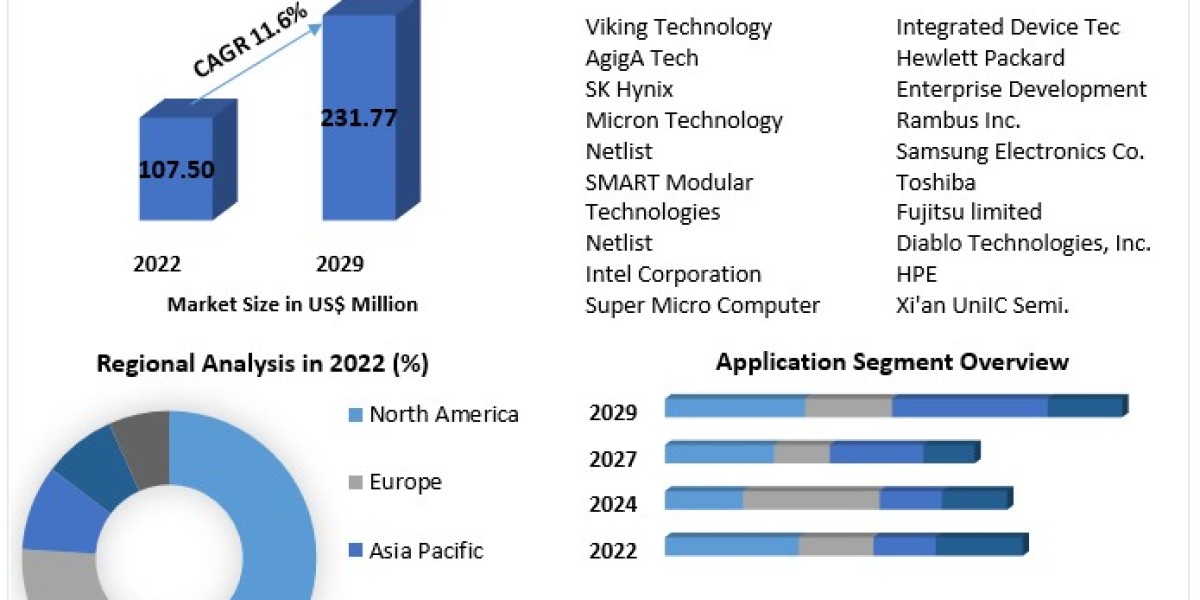Methyl Tertiary Butyl Ether (MTBE) is a significant chemical compound used as a gasoline additive and in various industrial applications. This article delves into the current dynamics of the MTBE market, highlighting key trends, applications, and providing insights into the future outlook of this versatile chemical.
Understanding Methyl Tertiary Butyl Ether (MTBE) MTBE is an ether derivative, primarily synthesized by the reaction of methanol and isobutylene. Its main use is as an octane enhancer in gasoline, improving fuel performance and reducing emissions. Additionally, MTBE finds applications in solvents, chemicals synthesis, and as an oxygenate in fuel blends.
Market Trends:
Fuel Additive and Octane Enhancement:
- MTBE's primary application in gasoline as an octane booster continues to drive its demand in the fuel industry. It improves combustion efficiency, reduces engine knocking, and meets stringent fuel quality standards.
Industrial Solvents and Chemicals:
- Beyond its role in fuel, MTBE serves as a solvent in various industrial processes, particularly in manufacturing chemicals, resins, and pharmaceutical intermediates. Its solubility properties make it valuable in diverse applications.
Environmental Regulations and Phase-Out:
- The MTBE market has been influenced by environmental concerns, leading to regulatory measures in some regions due to groundwater contamination risks. This has prompted shifts in fuel formulations, impacting MTBE demand in certain markets.
Alternative Fuel Blends and Oxygenates:
- As the automotive industry explores alternative fuels and cleaner combustion technologies, the demand for MTBE in fuel blends may experience variations. Biofuels and other oxygenates are being considered as substitutes in some formulations.
Future Outlook:
Shift Towards Bio-based MTBE:
- The future of MTBE may involve a transition towards bio-based production methods using renewable feedstocks. This aligns with sustainability goals and reduces dependency on fossil-derived raw materials.
Emerging Market Opportunities:
- Despite regulatory challenges in some regions, emerging economies with growing automotive sectors present new market opportunities for MTBE. Increased vehicle ownership and fuel demand in these regions can drive MTBE consumption.
Diversification of Applications:
- Beyond fuel additives, diversifying MTBE applications in specialty chemicals, pharmaceuticals, and polymers can contribute to market resilience. Research and development efforts may focus on exploring new avenues for MTBE utilization.
Technological Advancements and Efficiency Improvements:
- Ongoing technological developments in refining processes, catalysts, and purification techniques can enhance MTBE production efficiency and product quality. This can positively impact market competitiveness and sustainability.
In conclusion, while the MTBE market faces regulatory challenges in some regions, it also presents opportunities for innovation, diversification, and sustainable practices. Adapting to evolving market dynamics, exploring new applications, and leveraging technological advancements will be crucial for stakeholders in the MTBE industry to navigate the changing landscape and ensure long-term growth and sustainability.






